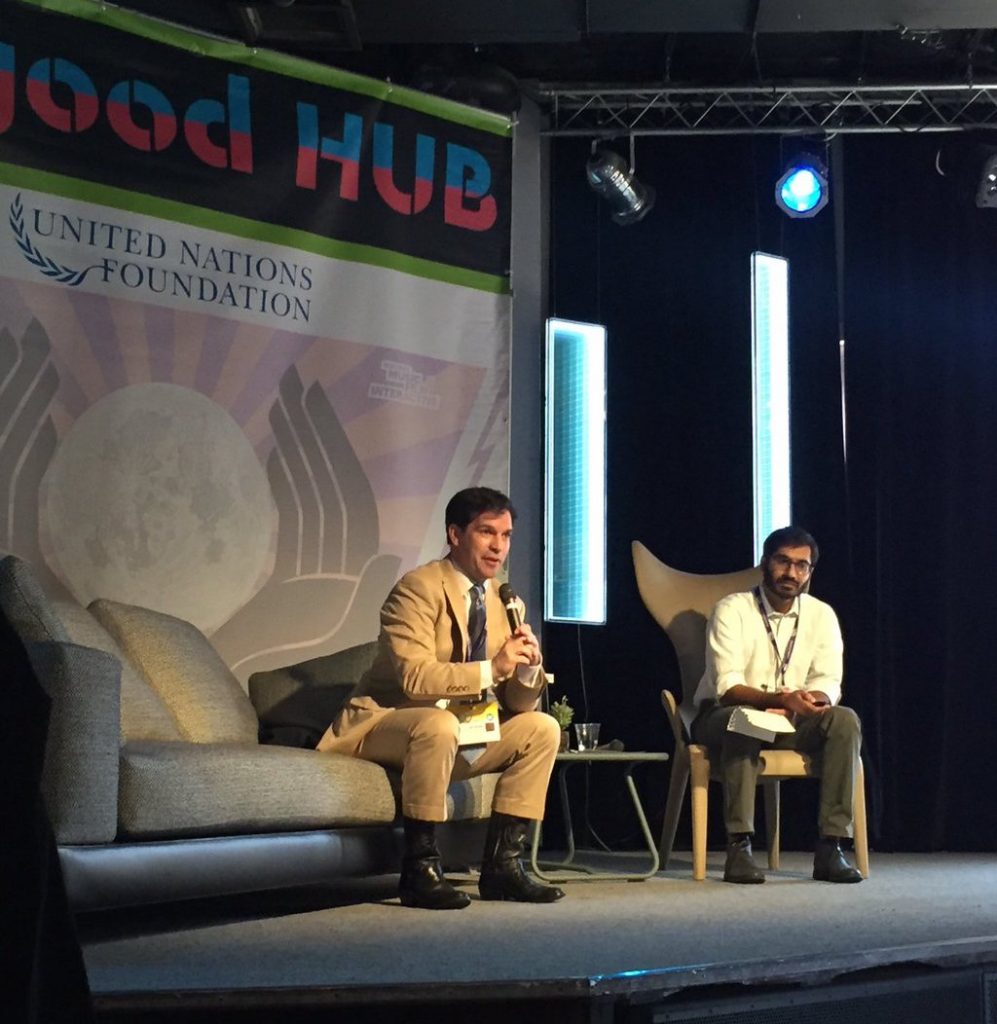
The New School + #SXSW: Jeff Smith on How Design Thinking Can Address Gun Violence
The statistics speak volumes about the epidemic of gun violence in America: more than 13,000 people were killed by firearms in the country in 2015, far outpacing the rate of per capita gun-related deaths of any other industrialized nation.
There’s no shortage of policy prescriptions to address the issue, from increased funding for mental health services to greater gun control.
Jeff Smith, Assistant Professor of Politics and Advocacy at the Milano School of International Affairs, Management, and Urban Policy, advocates for a different approach: design thinking.
During a talk, SXgood Stories: Ending Gun Violence, and afterwards, at SXgood Lab: Ending Gun Violence, Smith discussed how design thinking — a key aspect of The New School’s educational approach — can be scaled to make a significant dent on the epidemic of gun violence in America.
Smith pointed to Operation Ceasefire, a law enforcement initiative in Boston that took an innovative approach to policing youth gun offenders. The city’s policing strategy used to go like this: parolees would be herded into a police barracks or court room and be seated on the opposite side of the room from a police chief, who would verbally berate them — a means of scaring parolees into staying out of trouble.
Operation Ceasefire took a more compassionate and community-minded approach: in addition to law enforcement members, a range of community stakeholders, including pastors, youth leaders, heads of social services organizations, city employment agencies, and addiction counselors, were present at parolee gatherings. What’s more, meetings were moved from police barracks to a “neutral” venue such as a park or church, Smith said.
“Instead of yelling at them, the stakeholders would start by saying, ‘We love you, but you’re screwing up,” he continued. “‘We’re here to give you a bargain: we can get you a job, or you can leave. If you get into trouble again, we can guarantee the punishment will be swift and certain.”
From the seating arrangement of the room to the choice of venue, Operation Ceasefire used design thinking to address youth gun violence. Boston has since seen a marked decrease in recidivism among youth gun offenders.
“It’s a non-hierarchical way to set up a room. And they don’t hold these meetings at a parole office or police substation, they do it at a park,” Smith said. “It’s worked incredibly well. It’s become a model for many other programs across the country.”
Smith said that traditional methods of policing often dehumanize and alienate offenders. Operation Ceasefire — a product of design thinking — gave imparted a sense of hope.
“Operation Ceasefire entailed a redesign of what the room looked like, who talks to that person, who’s involved in the conversation, and the entire tone of meeting,” Smith said. “If you treat people as equals, give them agency, and redesign the whole incentive structure, you can dramatically reduce recidivism. Instead of being right back in prison, you’ll give people a job, you’ll give them hope.”